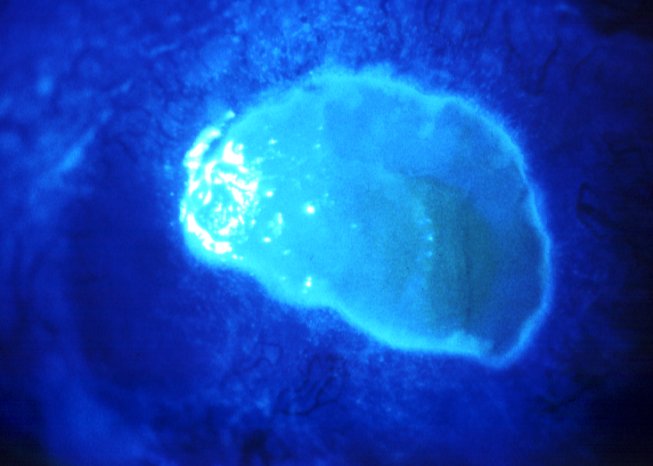 Windsor Clinic: 0800 644 0700 -
Reading Clinic: 0800 644 0900
tannereyes@sapphire-eyecare.co.uk
Windsor Clinic: 0800 644 0700 -
Reading Clinic: 0800 644 0900
tannereyes@sapphire-eyecare.co.uk
 Windsor Clinic: 0800 644 0700 -
Reading Clinic: 0800 644 0900
tannereyes@sapphire-eyecare.co.uk
Windsor Clinic: 0800 644 0700 -
Reading Clinic: 0800 644 0900
tannereyes@sapphire-eyecare.co.uk
The cornea is at the front of the eye. The blink reflex normally protects the cornea from most injuries. However, scratches and minor injuries to the cornea are quite common. For example, a scratch from a plant leaf or by a fingernail. Also if you drill or use other types of power tools without wearing eye protection, you may injure your cornea from small flying particles of metal, wood, or other materials.
The pain may be quite bad, even from a small scratch, as the cornea is very sensitive. Sometimes the eye injury is more severe and goes deeper than the cornea.
Your doctor may use a magnifying instrument to examine your eye. A special blue stain (fluorescein) is commonly put on the front of the eye if a corneal injury is suspected. This shows up scratches that might otherwise not be seen. The eye examination also checks for serious damage.

Photograph of a large Corneal abrasion highlighted by use of a blue stain.
A small corneal scratch usually heals quickly, over a couple of days or so but can be very painful requiring regular pain relief (eg: paracetamol or aspirin type tablets). An eye infection may follow an injury or scratch to the cornea, therefore it is routine to prescribe antibiotic eye drops for a few days to prevent infection from developing. You should see a doctor again if the eye becomes more painful or inflamed within a few days of injury.
Sometimes a small particle of wood, metal, etc becomes slightly embedded in the cornea. It is often possible for your doctor to remove this using a cotton wool bud. Sometimes a fine needle may be needed to lift it out. Local anaesthetic eye drops are used if this is done to make the procedure painless.
Disclaimer : The information provided in this website is intended as a useful aid to general practitioners, optometrists and patients. It is impossible to diagnose and treat patients adequately without a thorough eye examination by a qualified ophthalmologist, optometrist or your general practitioner. Hopefully the information will be of use prior to and following a consultation which it supplements and does not replace.


